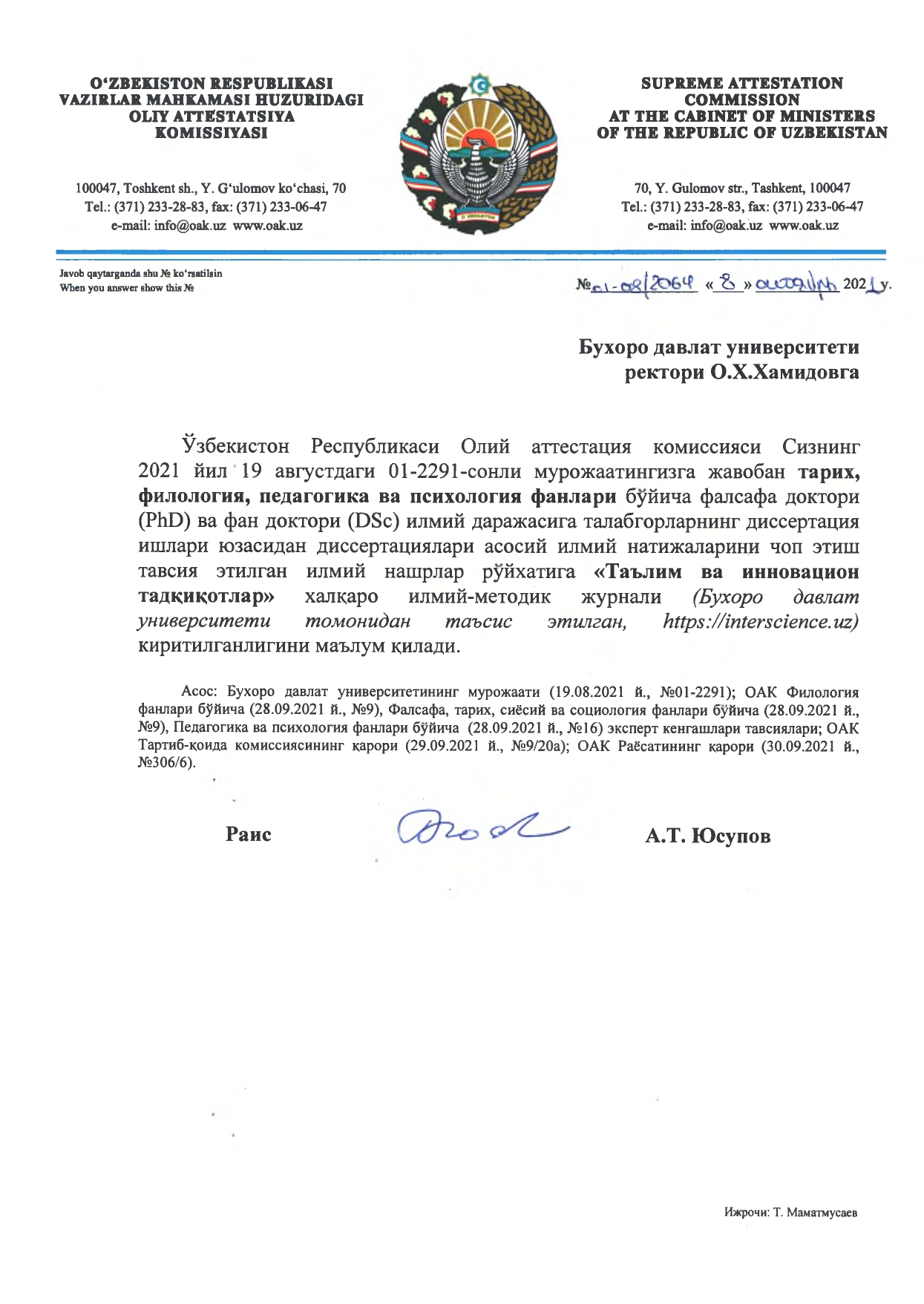GEOGRAFIK ATAMALARNING KO`P TILLI ELEKTRON LUG`ATINI YARATISH JARAYONIDA KO`P TILLI MUHITNING LINGVISTIK XUSUSIYATLARI
https://doi.org/10.53885/edinres.2022.9.09.011Djurayev Dusmurod UralovichO`zbekiston davlat jahon tillari universiteti, Pedagogika va psixologiya kafedrasi dotsenti, pedagogika fanlari doktori
Ключевые слова:
Инновацион касбий фаолият, педагогик амалиёт, компетенция, ижодий ёндашув, педагогик вазиятлар, илмий дунёқараш.Аннотация
Maqolada dunyoning aksariyat mamlakatlarida joy nomlari bir necha so‘zlashuv tillari mahsuli ekanligi haqida so‘z boradi. Shu sababli, sohada toponimik tadqiqotlar olib borish usullari juda xilma-xil bo’lgan ko’p tilli muhit sharoitlariga bog’liq. Aholining aksariyati bir tilda gaplashadigan va bir tilni tushunadigan davlatlar bor, garchi aholining bir qismi boshqa tillarda gaplashishi mumkin. Aholisi turli tillarda so‘zlashuvchi ko‘plab madaniy guruhlardan tashkil topgan davlatlar ham bor. Bunday hollarda standartlashtirish dasturlari mahalliy o’zgarishlarga e’tibor qaratish tamoyiliga asoslanadi, aksariyat mamlakatlar esa turli tillardagi nomlarning mavjudligini hisobga oladigan yondashuvni hisobga olishlari kerak.Библиографические ссылки
De Henseler, 1992, paras. 4–5.
Glossary, No. 330: Technical Terminology Employed in the Standartization of Geographical Names) (ST/CS/SER.F/330).
Helen Kerfoot, «Role of the United Nations in the standardization of geographical names», Lecture Notes, vol. 1, Enschede, Netherlands/Frankfurt am Main, Germany, 10–24 August 2002, pp. 91–102.
Загрузки
Опубликован
2022-11-10
Выпуск
Раздел
Статьи





